The return of supersonic jet, Flash Falcon (FF) is a concept futuristic jet from Oscar Vinals. It’s his personal future vision of how airplanes should be for the next generation.
Flash Falcon has been designed based on extensive study of today’s and upcoming technologies, Oscar says that this concept project would be the last one of a trilogy (Sky Whale, Progress Eagle, and Flash Falcon). This futuristic airplane belongs to generation that has taken advantage of fusion’s energy where currently it’s still under development, but in the next 15 to 20 years, who knows, we could generate enough electric energy to fly a jet.
Designer : Oscar Viñals
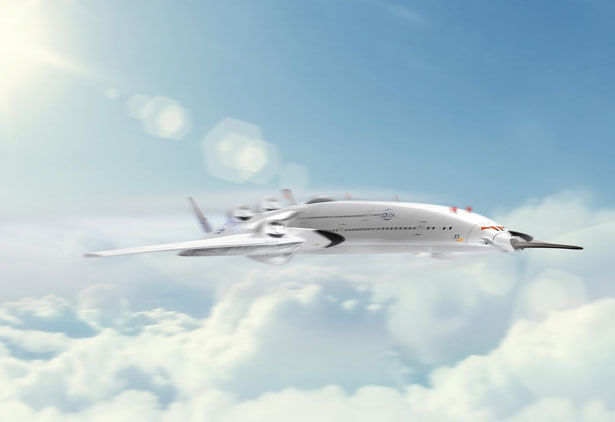
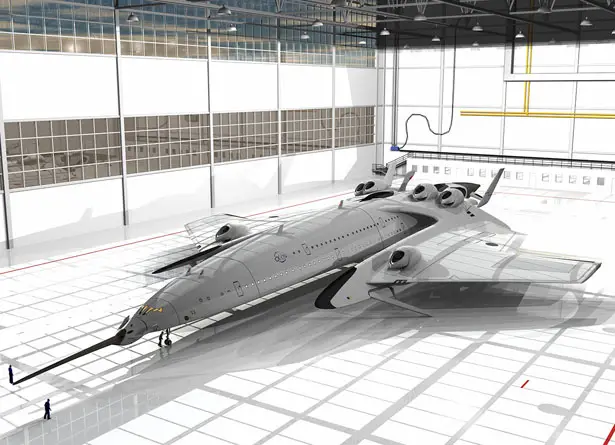
Imagination can take you anywhere, don’t you agree? FF would be a supersonic jet with a powerful thrust with capability to reach Mach3 speed. It’s an environmentally friendly jet with two decks that can accommodate up to 250 passengers in very comfortable conditions. The advanced electric-combustion (EC) engines combine an electric superconductive fan with a special combustion chamber to generate power thrust. The EC could control its exhaust gases to front, rear, and down side, at the same time, it could swing from front-rear and left-right from 10 to 20 degrees to stabilize the plane during maneuvers, take off, and landing.
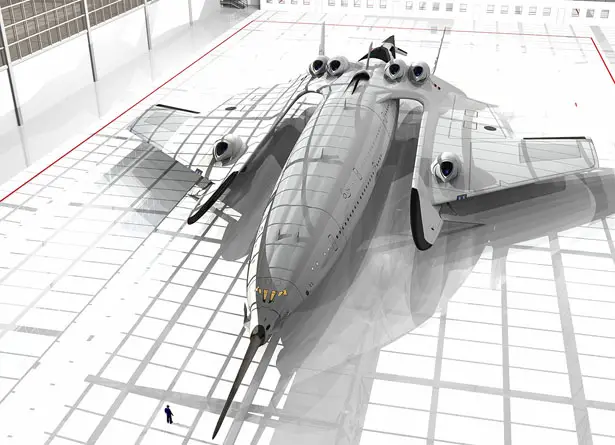
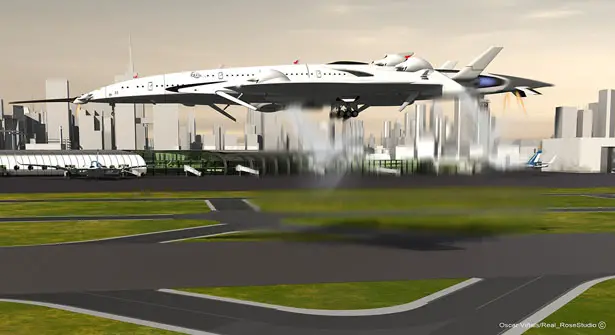
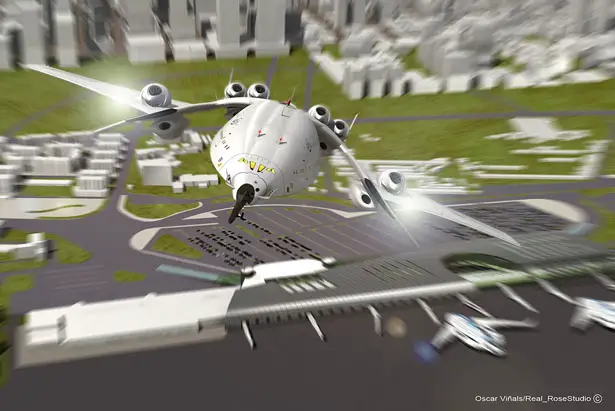
Supersonic Engine based on portable fusion reactor can reach Mach3 speed, it means that you can fly from Paris to NYC in less than 3 hours. This type of engine can fly for a year and only requires a little amount of fuel’s fusion. Located at the rear part of the airplane, the engine is housed inside indestructible section that’s been built with most resistant and lightweight materials in this 21st century. FF has remarkable features such as possibility to take off and landing vertically just like a Harrier jump jet, the smart wings can change their angle of inclination in relation to the central fuselage in order to get better aerodynamics performance, and special wing-shocks that support the weight of the wings and engines when the airplane is landed.
The main cockpit features smart and holographic windows to assist pilots with essential data. Due to the airplane’s body shape, the pilots are obliged to announce inclination since the direct views are limited.
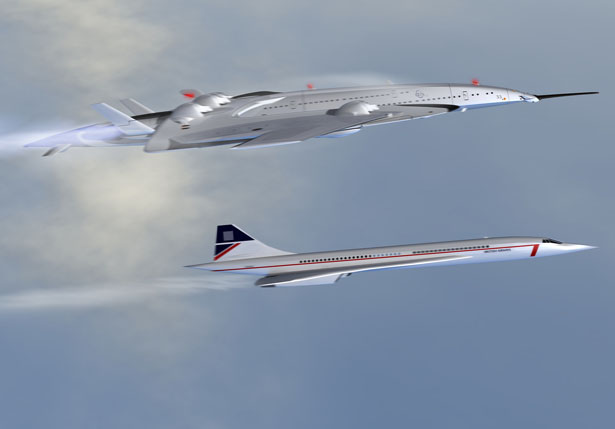

Tuvie has received “Flash Falcon (FF)” project from our ‘Submit A Design‘ feature, where we welcome our readers to submit their design/concept for publication.





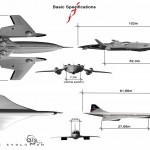
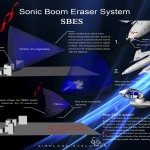
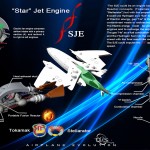
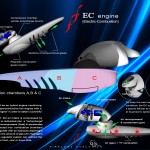
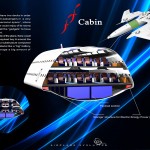
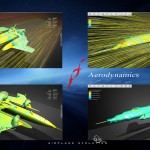



I'll be honest, it sounds great – until you know the reality. First, why would you use a turbofan engine at 2,300MPH? Something like the J58 Turbojet (or Turboramjet if you want) would be better. On top of that, how would you store all the shielding needed for the nuclear reactor? The reactor needs hundreds of tons worth of shielding! Dozens of tons at a minimum! We haven't even invented a fusion reactor yet. The first fusion reactor to be built will be in 2027 (well, it will be using nuclear fusion by 2027). The man is saying that in 4-9 years after the first STATIONARY fusion reactor is made that we will be able to put one in a plane and fly with it? I don't think so. As well, the guy needs to learn to design supersonic aircraft. The FF would be torn apart if it flew at 2,300MPH as it was. To the designer: Try a more reasonable goal, like a TRANS-SONIC AIRCRAFT INSTEAD OF A NEAR HYPERSONIC ONE. As they say, "baby steps." Make a passenger plane that can go 1,200MPH on conventional fuel first. Trust me, everyone will be impressed. We don't have any planes in that region now, and it is a much easier design than the hypersonic one in the hypersonic stage. Much, much easier. And with all honesty, good luck, and I hope you do find a design that works!
This guy clearly has no idea about how nuclear power actually works or he'd realise it's not possible.
Hi
Please send me all category gallery
Thanks